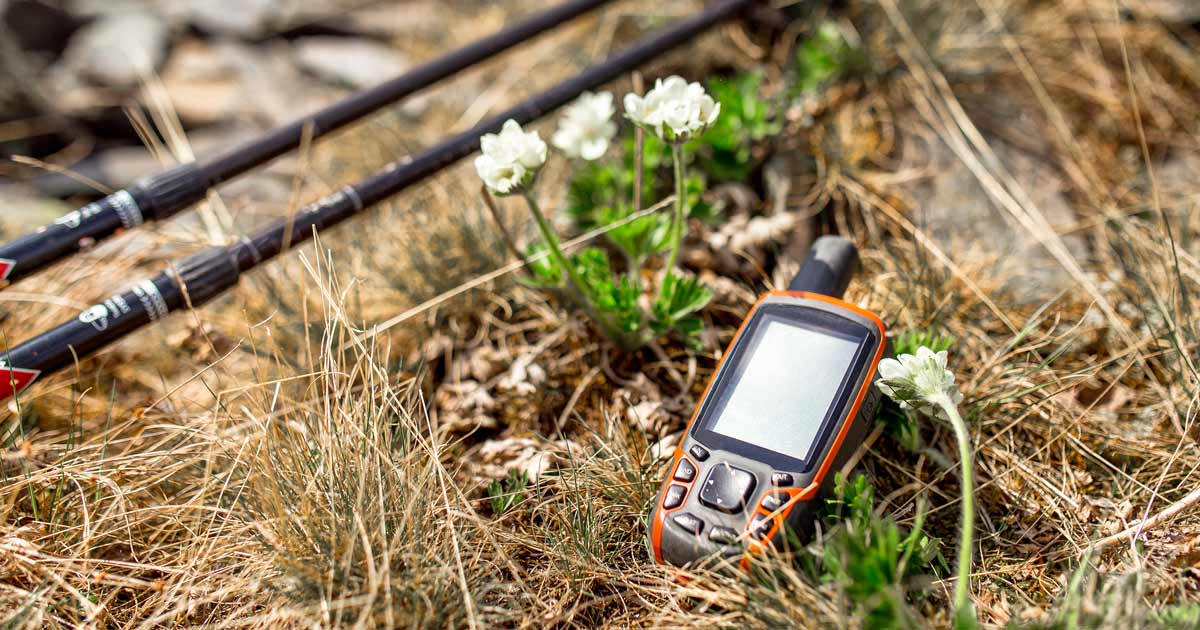Venturing into Australia’s wilderness: The importance of trip intentions forms
Before heading out on a bushwalk or hiking adventure or when venturing into remote or extreme weather conditions, it’s crucial to let someone know before you go. This ensures that someone can alert authorities if you don’t return as planned.
Australia’s vast and diverse landscape, from the rugged mountains to the sun-drenched coasts, beckons adventurers seeking an unforgettable outdoor experience. Hiking through these awe-inspiring terrains, however, demands careful preparation and adherence to safety protocols. Among these essential measures is the completion of a trip intentions form, a simple yet crucial document that can make a world of difference in the event of an emergency.
The purpose of a trip intentions form
Trip intentions forms serve as a vital communication tool, bridging the gap between hikers and search and rescue teams. By providing essential details about your hiking itinerary, emergency contact information, and any relevant medical conditions, you equip these teams with the knowledge they need to locate you swiftly and effectively should an unexpected situation arise.
When to complete a trip intentions form
Trip intentions forms are crucial for all hiking excursions, irrespective of their length or complexity. Whether you’re heading out on a day hike or a multi-day trek, completing this form is an essential step in safeguarding your well-being. It’s a minimal investment of time that could potentially save your life. For shorter walks or day hikes in well-trafficked areas, a comprehensive trip intentions form may not be strictly necessary. However, it’s always prudent to inform someone of your destination and anticipated return time.
Benefits of completing a trip intentions form
The advantages of completing a trip intentions form extend beyond the realm of emergency preparedness. It also provides peace of mind for your loved ones, assuring them that you’ve taken the necessary precautions to mitigate potential risks. Additionally, in some Australian states, completing a trip intentions form is a legal requirement for certain hiking trails.
How to complete a trip intentions form
Whether you’re heading out on a solo hike or a group adventure, take the simple step of registering your trip intentions. This crucial information can be a lifeline for search and rescue teams in the event of an emergency. Using my convenient and secure online trip intentions form, you can easily provide essential details about your planned adventure. This includes your personal details, itinerary, emergency contacts, gear lists and vehicle details.
Once you submit the form, your trip details will be securely shared with your designated emergency contacts. They will receive instructions on how to promptly notify search and rescue authorities if you fail to return as scheduled.By taking this proactive measure, you can significantly enhance your safety and peace of mind during your remote adventures. Remember, your safety is in your hands. Register your trip intentions today.
Key information to include on a trip intentions form
A trip intentions form should at least include the following information:
- Personal Information: Your name, contact information, and emergency contact person’s details
- Trip Itinerary: Start and end dates, hike name, and a thorough description of the planned route
- Medical Conditions: Any pre-existing medical conditions or allergies that may impact your safety
- Equipment Carried: A list of the equipment you’re carrying, including first-aid supplies
If you are using my online form, you can simply follow the prompts.

Additional safety tips for hiking in Australia
While trip intentions forms play a pivotal role in emergency preparedness, they should not be considered the sole safety measure. Complementing this form with other precautions is paramount to a safe and enjoyable hiking experience:
- Stay Informed: Before setting out, ensure you’re aware of any park alerts or potential hazards. Check official park websites or contact the local land managers office for the latest updates.
- Seek Knowledge: If you have any questions or concerns about the park you’re visiting, don’t hesitate to reach out to the local parks office. Their expertise can help ensure a safe and enjoyable experience.
- Weather Awareness: Check weather forecasts before embarking and pack accordingly for potential changes.
- Communication Plan: Inform a reliable person about your hiking plans, including expected return time. Know what communication devices you might need to carry.
- Hike with a Buddy: It’s recommended you never venture into the wilderness alone. Hiking with a companion enhances safety and support.
- Safety First: Carry a well-stocked first-aid kit to address any minor injuries or medical emergencies. Familiarise yourself with wildlife safety protocols, first aid procedures, and emergency response plans.
- Environmental Awareness: Be mindful of your surroundings, watch out for wildlife, and avoid areas prone to hazards.
By following these safety tips and completing a trip intentions form, you can make sure your Australian hiking adventure is safe and enjoyable.





